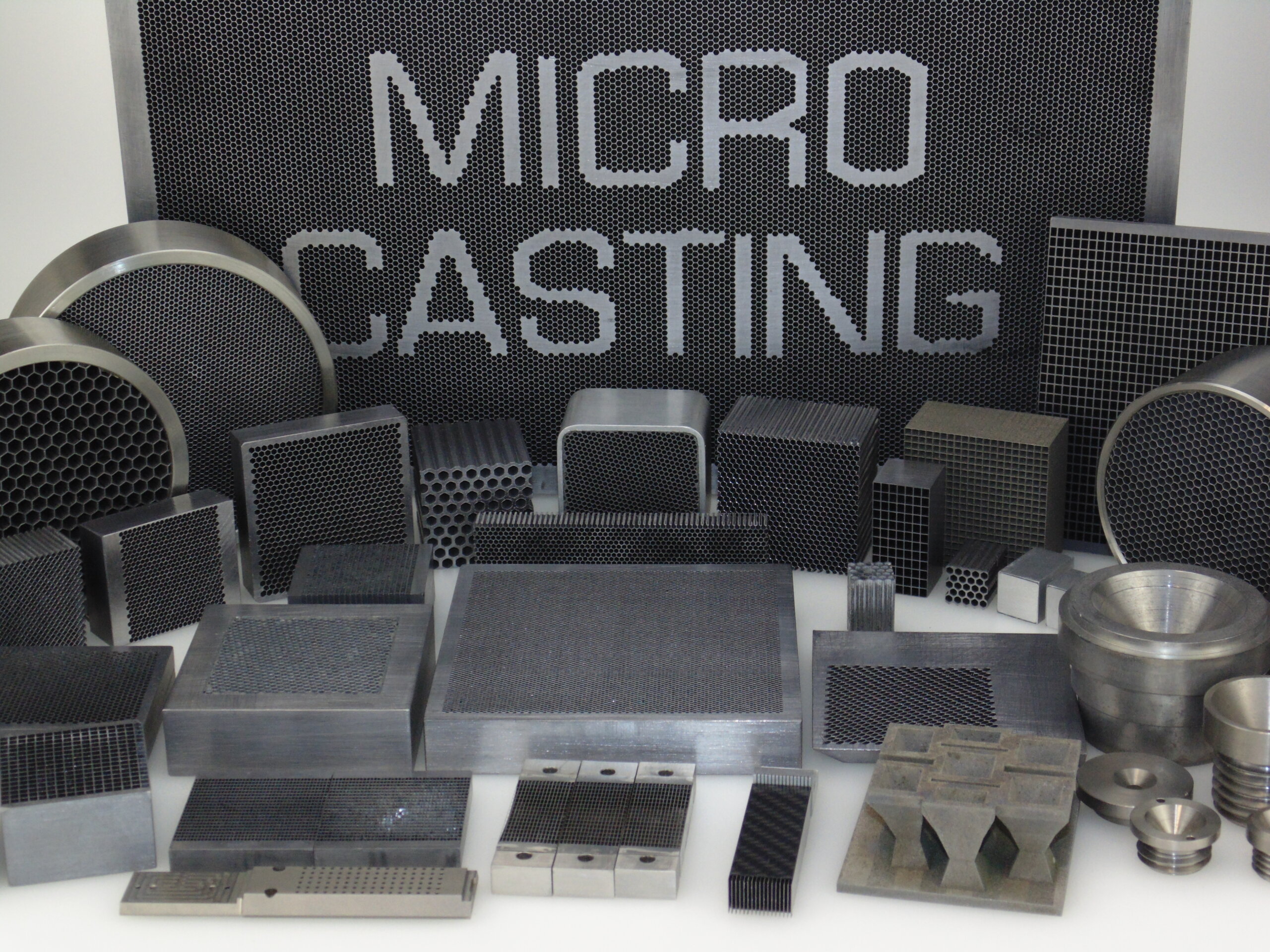Collimators
At Nuclear Shields, we design and manufacture precision collimators for imaging systems such as gamma cameras, SPECT devices and industrial detectors. Our collimators control the direction of radiation to deliver sharper, more accurate images.
Why collimators matter
- Collimators ensure only photons from the correct angle reach the detector, improving spatial resolution and image clarity.
- Each design’s hole size, length, and septal thickness balance sensitivity and resolution.
- With decades of manufacturing experience, we produce repeatable, high-precision components that meet medical and industrial imaging standards.
Applications
- Gamma cameras and SPECT systems – collimators matched to isotope energy and detector configuration.
- Industrial and NDT imaging – where accurate beam control defines image sharpness and inspection quality.
- OEM and R&D projects – tailored collimators developed for new or custom imaging setups.
Key benefits
| Benefit | What it delivers |
|---|---|
| Improved image resolution | Optimised geometry for maximum clarity and accuracy |
| Controlled beam path | Minimises scatter and background noise |
| Custom engineering | Designed to match your specific energy range and system layout |
| Reliable quality | Manufactured under strict in-house control with proven performance |
